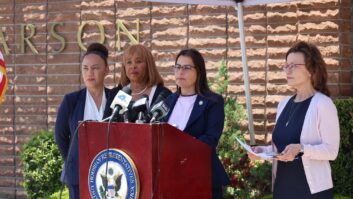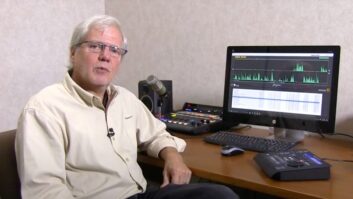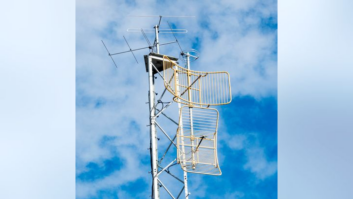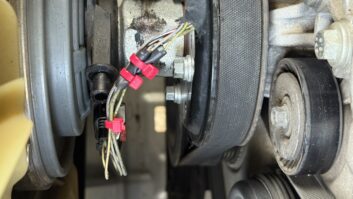
“While conducting an upgrade of US Cellular’s Wireless Emergency Alerts platform, a test alert was inadvertently broadcast to our customers across our entire footprint.”
So says the wireless carrier in a statement about an incident Monday that delivered multiple test alerts to cellphones.
“That test alert will no longer be deployed, and we apologize for the inconvenience and concern the test alert may have caused,” the company wrote in a statement. FEMA is evaluating the incident and working with the carrier to determine what actions should be taken to avoid it.
[See an example of the bad messages as reported by WATE(TV).]
The WEA platform has been the subject of recent attention in the alerting world as consumers become more familiar with it and as federal authorities have laid out improvements and expansion to the system. Broadcasters have watched with interest too, wondering whether and how WEA alerts may affect the role their EAS broadcast alerts play.
In this case, according to a FEMA statement, US Cellular inadvertently sent test messages using the Wireless Emergency Alert system to its cell subscribers and others who may be roaming on its network. The routine test messages were supposed to be visible only inside of the FEMA Integrated and Public Alert Warning System and the carrier’s internal testing environments.
IPAWS is a national alert and warning infrastructure that deploys not only via Wireless Emergency Alerts but also the more familiar Emergency Alert System, NOAA Weather Radio and other alerting systems. According to FEMA, US Cellular is one of 61 carriers participating in IPAWS WEA messaging, and FEMA and the carriers maintain a test environment to try out changes and updates before making them live. In this case the carrier apparently connected the live cellular network to its test system.
The message apparently came from a developer working in the IPAWS Test & Development Lab environment, a kind of “sandbox” that is supposed to be isolated. But the situation could have been more confusing than it was. Based on experience with a prior false message in Utica, N.Y., that was not labeled as a test, FEMA now requires all messages sent through this “sandbox” to state clearly that they are test messages, to avoid further complications.







